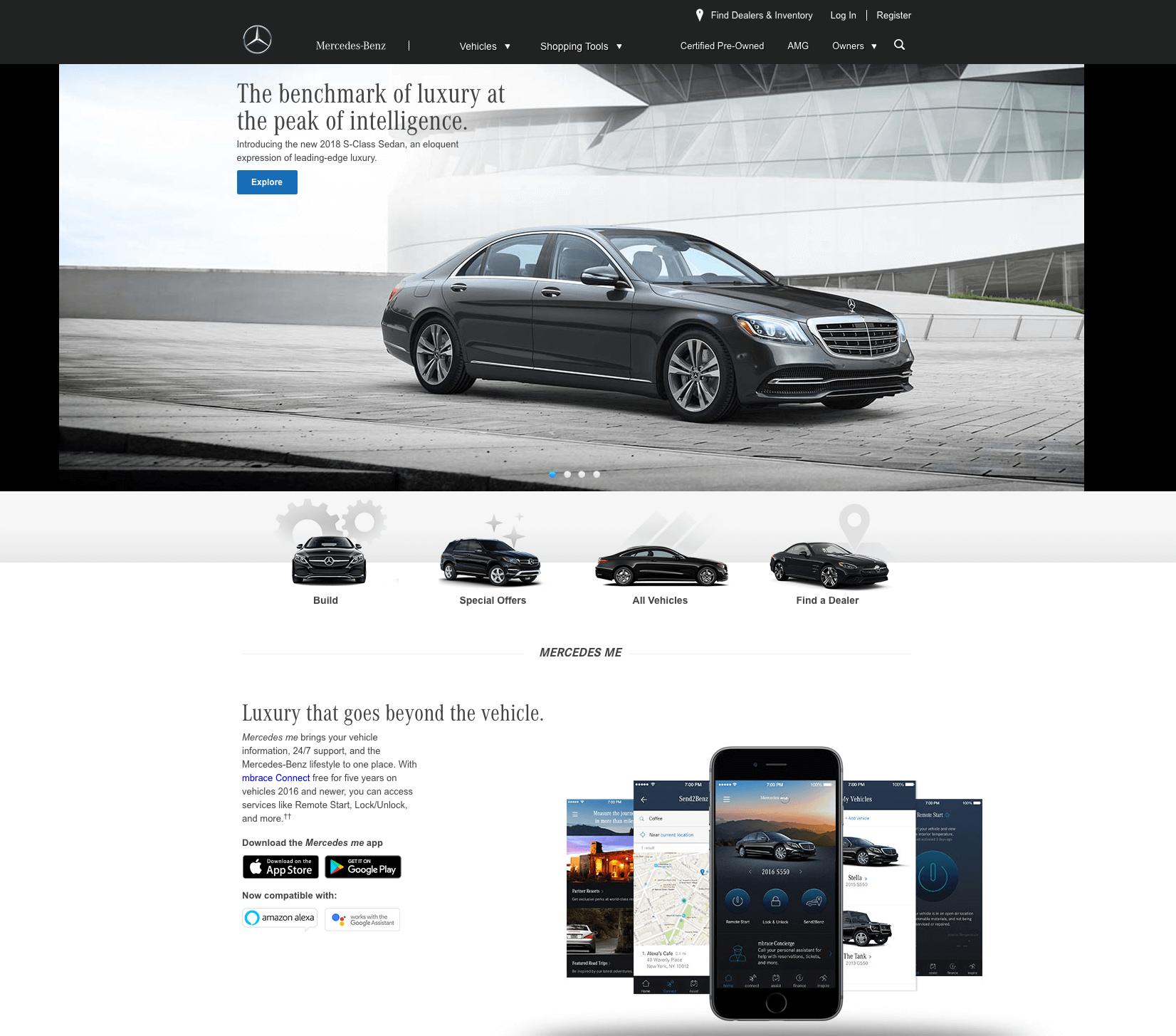How to conduct an SEO content audit
Columnist Thomas Stern shows how a content audit, when done right, can help you assess whether your content is relevant not only to your brand goals and SEO objectives, but also to the customer’s needs.
Google has thrown a ton of changes at marketers over the last few years. From major algorithm updates to voice search, all of these changes follow Google’s ultimate goal of creating the best search experience for its users.
The upshot is that it’s not enough to develop and optimize website content for just search engines anymore. As better language processing has become a major focus for improving search results, your brand’s site content is no longer speaking to search engines alone, but to actual people.
To appeal to both people and search engines, brands must evaluate their site content through an audit process to discover what may (or may not) be working and determine where to improve. A website content audit is the cornerstone of your entire content strategy.
When done right, a content audit helps to determine whether your website content is relevant to not only your brand goals and marketing objectives, but also to the customer’s needs. Audits can identify problems with accuracy, consistency, voice and tone; they can also provide direction for SEO.
Review existing content
Not every content audit is the same; it takes familiarity in many different digital marketing channels to set up a framework for success. However, each content audit has a few things in common, like evaluating quantitative and qualitative metrics for each page of a website.
The first step in each content audit is to record all of a website’s existing content. At ZOG Digital, we find it easiest to centralize the data and break out information like URLs, page titles, conversion rates, meta descriptions and so forth in a single spreadsheet to begin our process.
Take the time to evaluate your audience’s search habits and any historical data you have available. Some of the tools we like to use include:
- Screaming Frog crawls websites’ pages, links and images and allows us to export the data to a spreadsheet.
- Google Analytics lets us export the success metrics of each page, broken out by marketing channel.
- Ahrefs allows us to look at the backlink profiles of each of our target pages.
Next, we layer in qualitative data about the page from a brand level and a content quality level. For our clients, we measure key pages against intended audience segments and brand objectives. As you evaluate each page, you should be able to appropriately grade each page and define next steps for them, too.
With each content audit, you need to define problems with your site’s overall health and identify any strengths and weaknesses. If you decide that the content lacks substance or has weak traffic but is essential to the brand, the content needs to be refreshed for current audiences. You’ll begin to see themes in each category page and be able to make informed recommendations for each part of the site.
Content creation for audience segmentation
After defining next steps, you need to be able to execute it effectively for your target audiences. Successful content marketing is all about targeting a niche and then, of course, making the most out of it in terms of engagement and revenue. Through audience segmentation, you can have laser-focused strategies around each audience type.
For an organization with a large B2B audience segment, like GE, product page or case study content may be the most important piece of content for their target audiences. For Nest, an innovative home and security brand, videos and testimonials might be more effective to establish the use case and value.
You have to refine your marketing tactics in a thoughtful manner when it comes to reaching your target audience. While defining, segmenting and prioritizing your audiences, you also need to define what content type will fill in a gap found in your content audit while also resonating your target audience.
This is where many brands will struggle — they need an agile team of experts to solve the problems uncovered by an initial content audit, while also aligning with target audience segments. Upon evaluating all aspects of current site content, you can fill in the gaps and create more appealing verbiage for your target audiences. Few brands have mastered this technique, and it’s key to be aware of their tactics and how they validate success.
For example, Mercedes-Benz ensures that a majority of their content is made for (and visible to) those who are willing to pay for their high-quality cars. However, they know they want to break into a younger demographic of drivers as well. That’s why they also create content and products that fit in with a millennial’s values, like high value for an affordable price, as well as a strong customer-brand relationship.
You’ll notice in the screen shot below that the first feature listed on the page is phone connectivity, rather than features like mileage or horsepower.
Meanwhile, Toyota’s been marketing their Prius Prime. The auto company claims this to be their most advanced hybrid yet, at a more affordable price than luxury car dealers. Toyota uses infographics to target millennials in the market for new cars who also care about energy efficiency.
Both car brands use different types of content to target their audiences on a deeper level. Notice that the goal is to focus on educating the consumer — they focus on audience segments before anything else.
It’s critical to take the time to augment the quantitative data by evaluating each page based on what humans value. For content audits, you need to appeal to both people and Google by being descriptive with a human touch. You can use the following tools to evaluate the quality of your content and formulate a clear understanding when it comes to content creation:
- Google’s definition of high-quality content includes important factors like trustworthiness and expertise.
- Triblio allows you to create personalized content for multichannel campaigns by persona.
- Google AdWords Keyword Planner provides information on the interest (search volume) of target topics.
- HemingwayApp grades pages based on how difficult they are to read.
We recommend doing a content audit every six to 12 months to ensure consistency and effectiveness of your on-site content as people and search engines evolve. An initial content audit will establish a baseline of data and insights to help you improve content quality. The subsequent content audits will then show you how your pages have grown since you implemented changes, as well as pinpointing any weaknesses that should be addressed.
Final thoughts
By developing a comprehensive content strategy around what you uncover with a robust content audit, you’ll be better able to improve your content development methods and have a baseline for any future changes or updates.
Opinions expressed in this article are those of the guest author and not necessarily Search Engine Land. Staff authors are listed here.
Related stories


